Structural features and working principle of butterfly valve
Time:2021-12-08 14:25:24Read:784
Butterfly valve is a kind of valve that uses circular butterfly plate as the opening and closing part and rotates with the valve stem to open, close and adjust the fluid channel. There are many kinds of butterfly valves, which are widely used. It is also the longest kind of valve we see on the pipeline. This article introduces the structural characteristics and working principle of butterfly valve.
Structural features of butterfly valve
Butterfly valve has the characteristics of simple structure, small volume, light weight, low material consumption, small installation size, fast switching, 90 ° reciprocating rotation and small driving torque. It is used to cut off, connect and adjust the medium flow in the pipeline. It has good fluid control characteristics and closing sealing performance.
The butterfly valve has streamline design of butterfly plate and small fluid resistance loss.
The valve stem of butterfly valve is of through rod structure. After quenching and tempering treatment, it has good comprehensive mechanical properties, corrosion resistance and scratch resistance. When the butterfly valve is opened and closed, the valve stem only rotates without lifting operation. The packing of the valve stem is not easy to be damaged and the sealing is reliable.
Butterfly valves are connected by flange connection, wafer connection, butt welding connection and lug wafer connection. The driving forms include manual, worm gear drive, electric, pneumatic, hydraulic, electro-hydraulic linkage and other actuators, which can realize remote control and automatic operation.
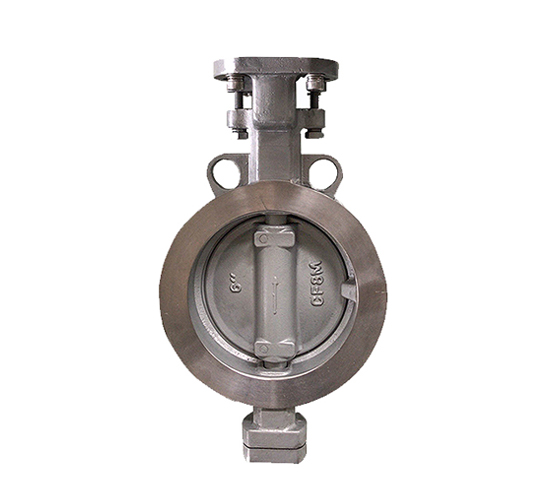
Working principle of butterfly valve
Butterfly valve is a valve that uses the circular butterfly plate as the opening and closing part to open, close and regulate the medium flow in the pipeline. In the cylindrical channel of the butterfly valve body, the disc-shaped butterfly plate rotates around the axis with a rotation angle of 0 ° ~ 90 °. When it rotates to 90 °, the butterfly valve is fully open.
The relationship between the opening of butterfly valve and flow basically changes in linear proportion. If it is used to control the flow, its flow characteristics are also closely related to the flow resistance of the piping. For example, the diameter and form of the valves installed in the two pipelines are the same, and the flow of the valves will be very different if the pipeline loss coefficient is different.
If the valve is in the state of large throttling range, the back of the valve plate is prone to cavitation, which may damage the valve. Generally, it is used outside 15 °.
When the butterfly valve is in the middle opening, the opening shape formed by the valve body and the front end of the butterfly plate is centered on the valve shaft, and different states are formed on both sides. The front end of the butterfly plate on one side moves in the direction of water flow, and the other side moves against the direction of water flow. Therefore, the valve body and the valve plate on one side form a nozzle like opening, and the other side is similar to an orifice like opening. The flow rate on the nozzle side is much faster than that on the throttle side, and a negative pressure will be generated under the valve on the throttle side, Rubber seals often fall off.
The operating torque of butterfly valve has different values due to different opening and valve opening and closing directions. The torque generated by horizontal butterfly valve, especially large-diameter valve, due to water depth and difference between upper and lower heads of valve shaft can not be ignored. In addition, when the elbow is installed on the inlet side of the valve, a bias flow is formed and the torque will increase. When the valve is in the middle opening, the operating mechanism needs to be self-locking due to the action of water flow dynamic moment.
When the butterfly valve is in the fully open position, the thickness of the butterfly plate is the only resistance when the medium flows through the valve body. Therefore, the pressure drop generated by passing through the valve is very small, so it has good flow control characteristics.
 Refining and chemica···
Refining and chemica···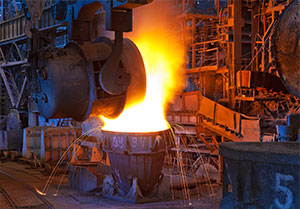 Metallurgical indus···
Metallurgical indus··· Gas industry
Gas industry LNG industry
LNG industry Chemical industry
Chemical industry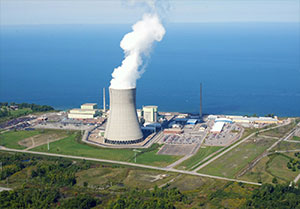 Power industry
Power industry
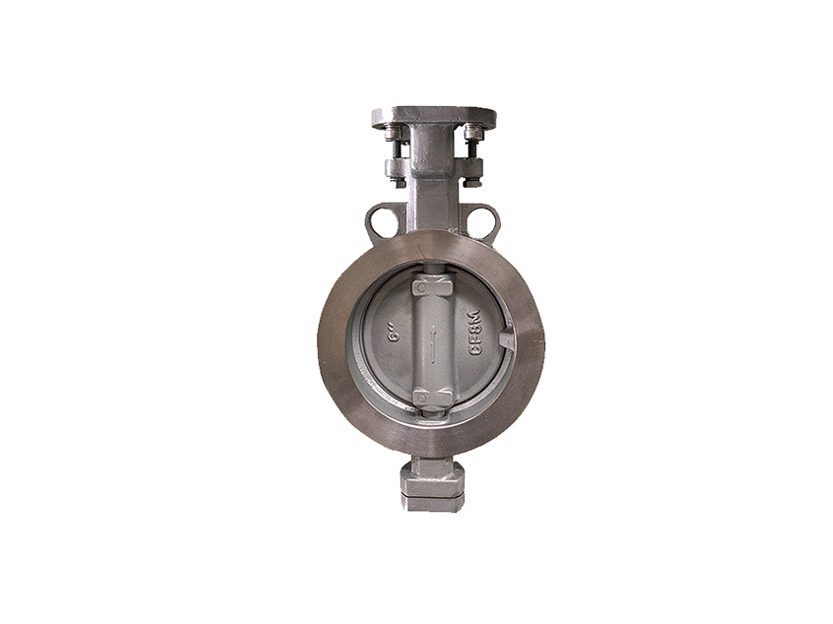

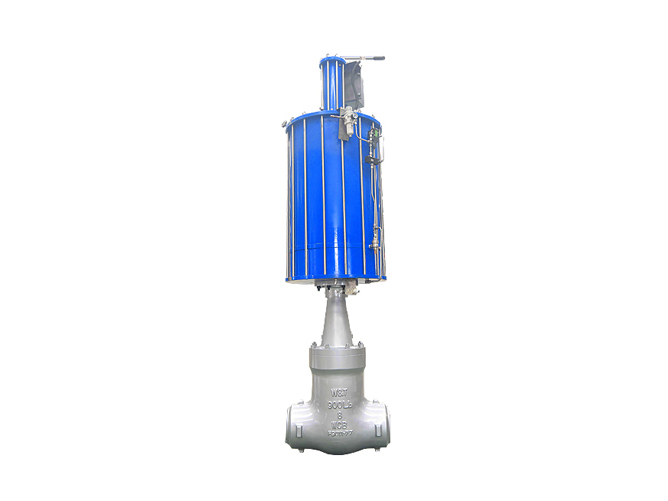
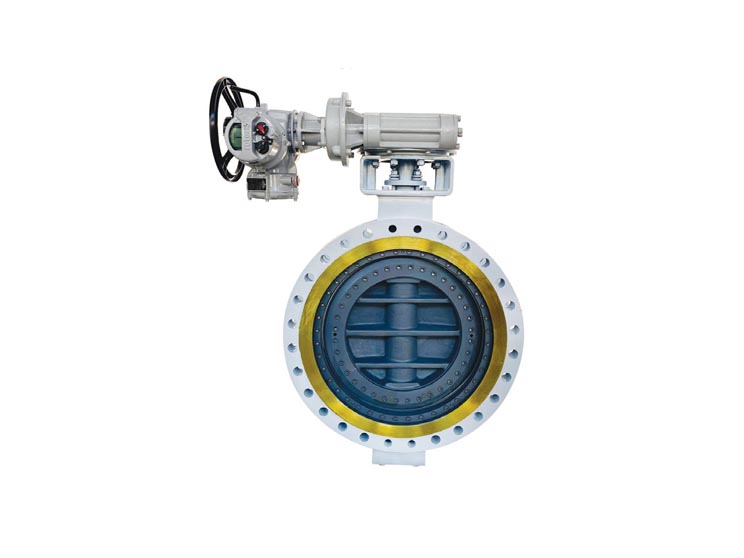


 QQ:664857658
QQ:664857658